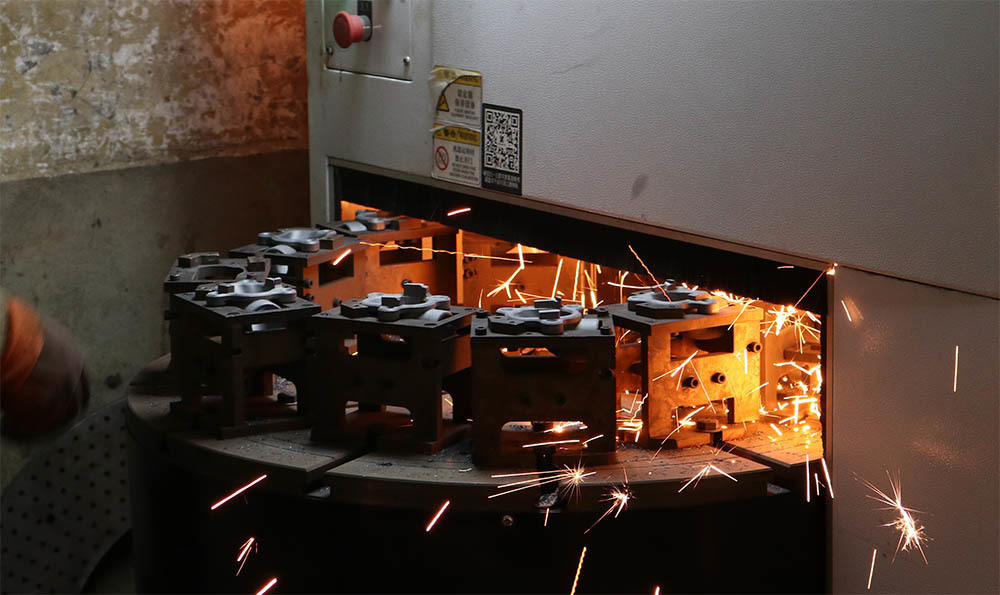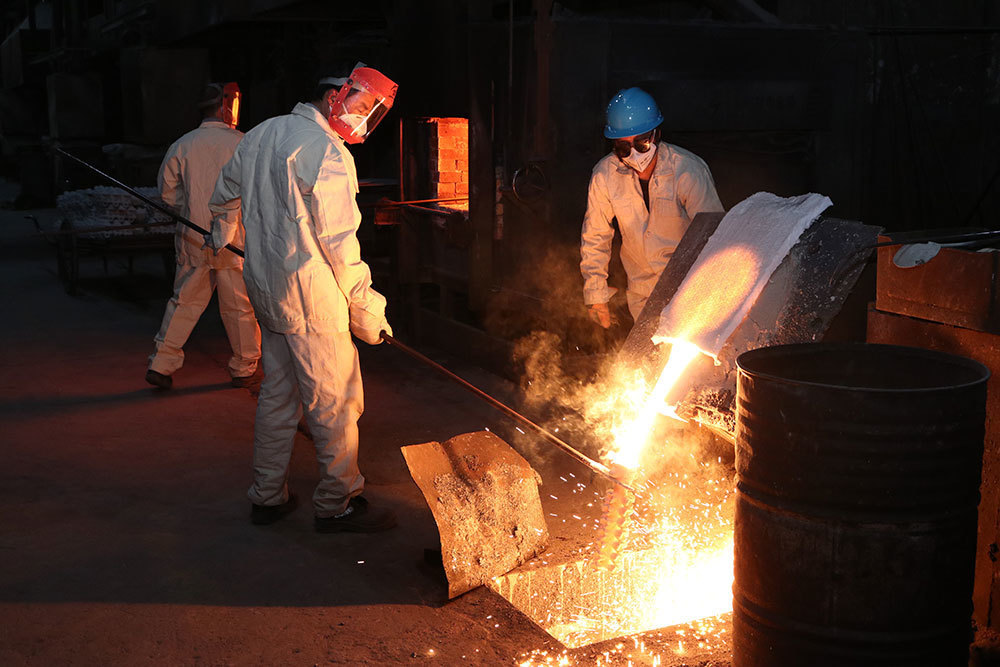2025-11-03
Exploring the World of Die Castings: The Unsung Heroes of Automotive Parts
Introduction to Die Castings
Ever wondered what makes your car not just a mode of transport but a marvel of engineering? Well, buckle up, because today we're diving into the fascinating world of die castings—specifically, how an automotive parts die casting supplier can turn molten metal into the components that power our rides.
What Are Die Castings?
Die castings are the unsung heroes of the manufacturing world, especially in the automotive realm. This process involves pouring molten metal into a mold, which is then cooled and solidified. The result? Precise, durable parts with intricate shapes that can withstand the rigors of the road. Can you imagine your car without these essential components? Neither can I!
The Importance of Automotive Parts
Let's face it: the automotive industry is a beast of its own. With a constant demand for innovation, efficiency, and sustainability, the role of an automotive parts die casting supplier has never been more crucial. These suppliers provide the backbone of the car manufacturing process, ensuring that components are not only high-quality but also cost-effective. Talk about a win-win!
Why Choose Die Castings?
Here's the scoop: die castings offer several advantages over traditional manufacturing methods. They're lightweight, which enhances fuel efficiency, and they allow for complex designs that might otherwise be impossible. Plus, let's not forget about the reduced material waste—an aspect that aligns perfectly with today's eco-conscious trends. It's like hitting two birds with one stone!
The Process of Die Casting
Getting into the nitty-gritty, the die casting process involves several key steps:
- Mold Creation: First up, manufacturers create the molds, typically made from steel, which can handle high pressure and repeated use.
- Melting Metal: Next, metals like aluminum or zinc are melted down at high temperatures.
- Pouring: The molten metal is then poured into the mold under pressure, ensuring every nook and cranny is filled.
- Cooling: After the metal cools and solidifies, the mold is opened, and voila! You've got yourself a shiny new part.
- Finishing Touches: Finally, any excess material is trimmed, and the part is polished to perfection.
Isn't it fascinating how something so simple can lead to such complex outcomes? It's like magic!
Challenges Faced by Suppliers
Of course, it's not all smooth sailing for an automotive parts die casting supplier. They face challenges such as fluctuating material costs, tight production timelines, and the ever-present need for innovation. But you know what they say: where there's a will, there's a way. Suppliers are constantly adapting to meet these demands, ensuring that they remain at the forefront of the industry.
The Future of Die Castings
Looking ahead, the future of die castings in the automotive world is bright. With the rise of electric vehicles and smart technology, the demand for lightweight, durable parts will only increase. Suppliers are gearing up to meet these new needs, investing in state-of-the-art technology and sustainable practices. Talk about being ahead of the curve!
Conclusion
So, the next time you hop into your car, take a moment to appreciate the intricate dance of engineering that makes it all possible. The role of an automotive parts die casting supplier is crucial in this symphony, providing the parts that keep everything running smoothly. Whether it's a compact car zipping through the city or a robust truck hauling goods across the country, die castings are the backbone of it all. Who knew such a complex world existed behind the wheel?









